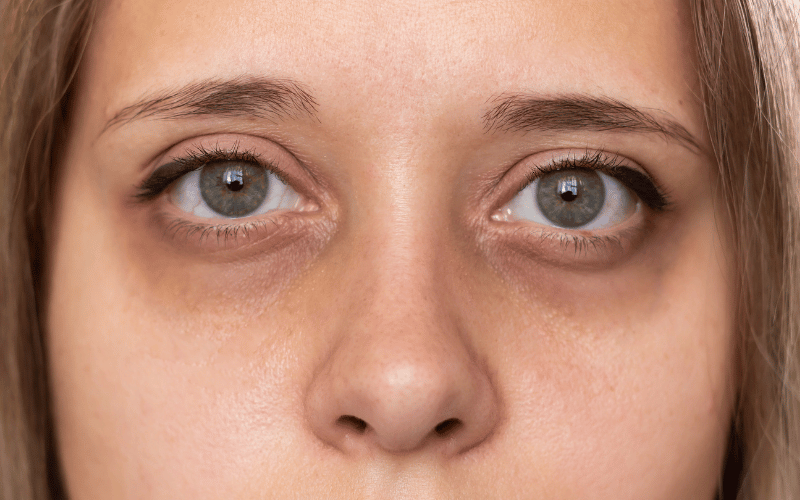Symptom 5: Difficulty with Eye Movements

Our eyes do more than just see; they communicate, express, and play a pivotal role in non-verbal cues. However, for some grappling with GBS, these vital organs don’t dance to their usual rhythm. Movements can become staggered, double vision might ensue, and coordinating both eyes can turn into a struggle.
One of the hallmark difficulties faced by GBS patients related to eye movements is diplopia or double vision. This isn’t a mere optical illusion. It’s the result of the muscles that control eye movements not synchronizing as they should. The world splits into twos, making reading, recognizing faces, or even simple navigation a challenge.
As with other symptoms of GBS, the issue boils down to nerve damage. The cranial nerves responsible for controlling eye muscles, particularly the third, fourth, and sixth cranial nerves, can be affected by GBS. When these nerves falter, the precision and coordination of eye movements are compromised, leading to the observed challenges.
Managing eye movement difficulties requires a blend of medical intervention and supportive therapies. Corrective lenses, particularly prisms, can sometimes help in managing double vision. Meanwhile, as the underlying GBS is treated, many find their eye-related symptoms improving. Recovery can be gradual, and patience becomes an essential virtue. (5)